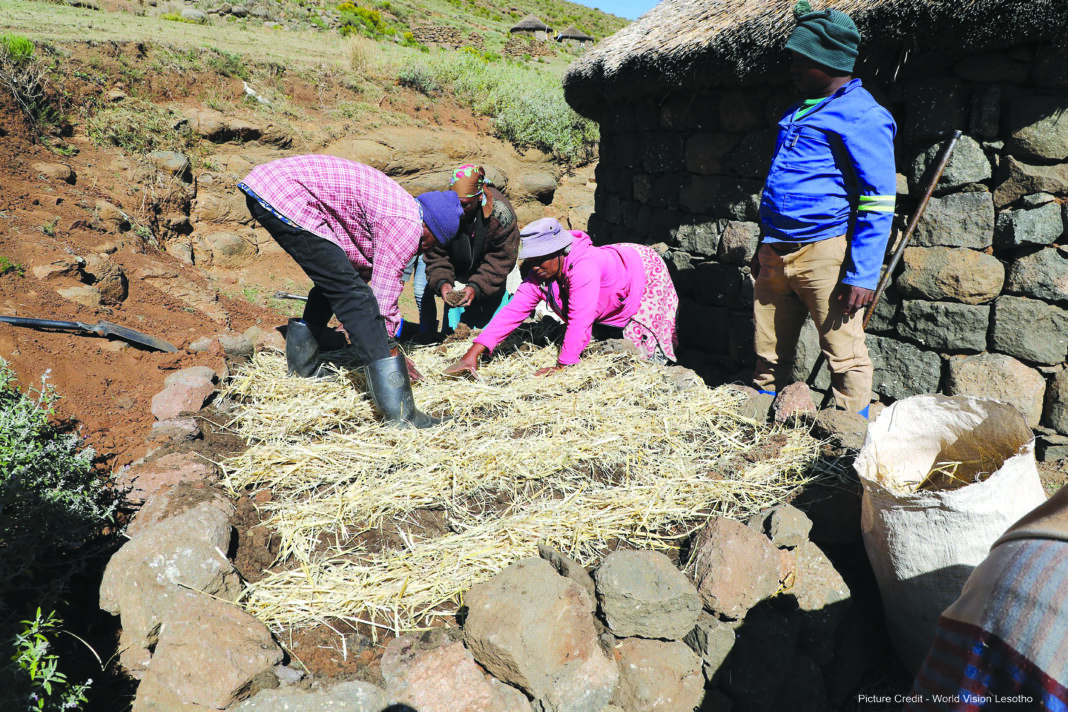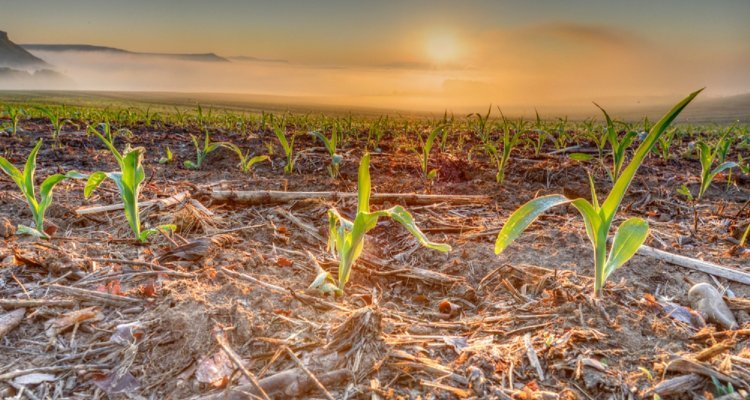- Some acquire food on credit
- Others withdraw their children from school
Staff Reporter
The ongoing food insecurity crisis has compelled many families across the country to resort to negative coping mechanisms for survival.
Among the most prevalent strategies are borrowing money to purchase food or acquiring food on credit.
Additionally, some families are making the difficult decision to withdraw their children from school, prioritising immediate food needs over education.
This alarming situation has been reported by the International Federation of Red Cross and Red Crescent Societies (IFRC), a global humanitarian aid organization that reaches approximately 160 million people each year through its 191 member National Societies.
IFRC acts before, during and after disasters and health emergencies to meet the needs and improve the lives of vulnerable people.
It does so independently and with impartiality as to nationality, race, gender, religious beliefs, class and political opinions.
In its situation report published on Wednesday this week, IFRC indicated that according to recent reports, “49 percent of households have resorted to negative coping strategies in response to food shortages.”
It stated that these negative coping mechanisms were being adopted primarily among rural households where many reduce the frequency of their meals per day, opting for less expensive foods and decreased portion sizes in order to meet the needs of their families.
“Furthermore, in terms of livelihood coping mechanisms, the data reveals that 42 percent resorted to stress coping strategies, while 7 percent found themselves in crisis situations, and 4 percent took emergency measures,” read the situation report.
“Among the most prevalent stress coping strategies were borrowing money to purchase food or acquiring food on credit. Additionally, some families made the difficult decision to withdraw their children from school, prioritising immediate food needs over education,” it added.
The situation report is titled: Lesotho, Africa | Drought-Induced Food Insecurity – Emergency Appeal Operational Strategy.
IFRC further mentioned that in a desperate attempt to mitigate food shortages, certain households resorted to consuming their seed stocks, which jeopardises their future agricultural productivity.
For those in even more severe situations, it further explained, emergency coping strategies were employed; some households reported selling their last female livestock, a critical resource that poses a significant threat to the sustainability of their livelihoods.
IFRC also stated that chronic malnutrition remained a significant issue, with a stunting rate of 33.2 percent among children under five and widespread micronutrient deficiencies, including high anaemia rates.
It said: “Access to clean water is also a major challenge, particularly in rural areas, where about 28 percent of the population lacks reliable water sources.”
Urban areas are slightly better, with 14 percent facing similar issues.
“Although most households have access to safe drinking water through protected sources, 13 per cent of households in Mokhotlong and 10 per cent in Thaba-Tseka still rely on unprotected water sources, increasing the risk of waterborne diseases and compromising hygiene and health,” IFRC said.
Lesotho is experiencing a severe drought and food insecurity due to consecutive La Niña and El Niño events from 2021 to 2023. The 2021/2022 and 2022/2023 rainfall seasons, marked by mild to moderate La Niña events, led to excessive rainfall and below-average crop production.
The 2023/2024 El Niño further exacerbated the situation with dry conditions and heatwaves, significantly impacting crop yields.
Despite increased planting efforts in 2023/2024, harvests remained below average, causing maize prices to rise and greater market dependency.
This crisis has worsened into the 2024/2025 season, leaving an estimated 699,049 people facing food insecurity and in need of 59,549 tons of food, valued at over M1.1 billion.
Describing the impacts of the crisis on crop performance, the IFRC reported that national maize production has decreased by approximately 52 percent compared to the previous year, with current yields expected to last only three months in most regions.
This decline has led to rising food prices, exacerbating access challenges, particularly for vulnerable households.
“Additionally, substitute food commodities like sorghum have seen an alarming decline of over 86 percent during the 2023/24 period, further intensifying food insecurity and making it increasingly difficult for households to find alternative options,” the IFRC stated.
The crisis has also triggered price shocks.
The IFRC noted that persistently high prices of staple foods compared to the previous year have significantly affected household purchasing power.
“According to the Lesotho Flour Mills update, the price of maize meal increased by 42 percent from March to May 2024, making it increasingly difficult for poor households to afford essential foods and meet their other basic needs,” the report indicated.
Moreover, the crisis has resulted in outbreaks of livestock diseases.
From January to March 2024, an outbreak of bluetongue, exacerbated by high temperatures and insufficient rainfall, significantly harmed livestock health and productivity, further straining household resources and livelihoods across the country.
On July 12, 2024, the government declared a state of National Food Insecurity Disaster after a historic drought triggered by El Niño led to the lowest crop yields since the 2018/19 agricultural season.
The government said about a third of the population, approximately 700,000 people, will face hunger in the coming months.
In rural areas, more than 400,000 people are expected to experience crisis levels of acute hunger through March 2025.
Vulnerability assessments show that an additional 296,049 people are expected to become food insecure in urban areas. The drought has resulted in severe water shortages, with wells drying up.
Summary
- In its situation report published on Wednesday this week, IFRC indicated that according to recent reports, “49 percent of households have resorted to negative coping strategies in response to food shortages.
- “Although most households have access to safe drinking water through protected sources, 13 per cent of households in Mokhotlong and 10 per cent in Thaba-Tseka still rely on unprotected water sources, increasing the risk of waterborne diseases and compromising hygiene and health,” IFRC said.
- Describing the impacts of the crisis on crop performance, the IFRC reported that national maize production has decreased by approximately 52 percent compared to the previous year, with current yields expected to last only three months in most regions.

Your Trusted Source for News and Insights in Lesotho!
At Newsday Media, we are passionate about delivering accurate, timely, and engaging news and multimedia content to our diverse audience. Founded with the vision of revolutionizing the media landscape in Lesotho, we have grown into a leading hybrid media company that blends traditional journalism with innovative digital platforms.









